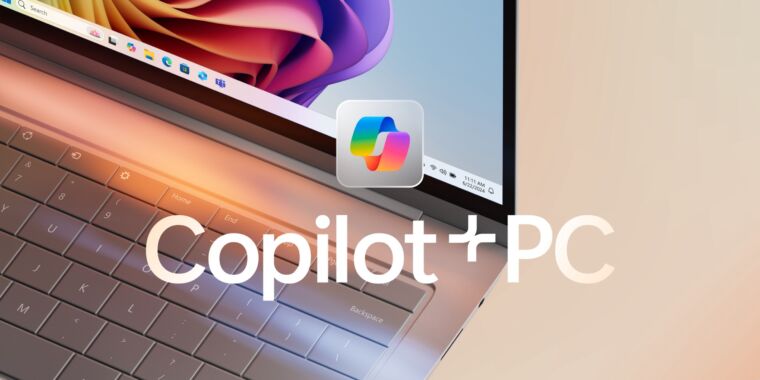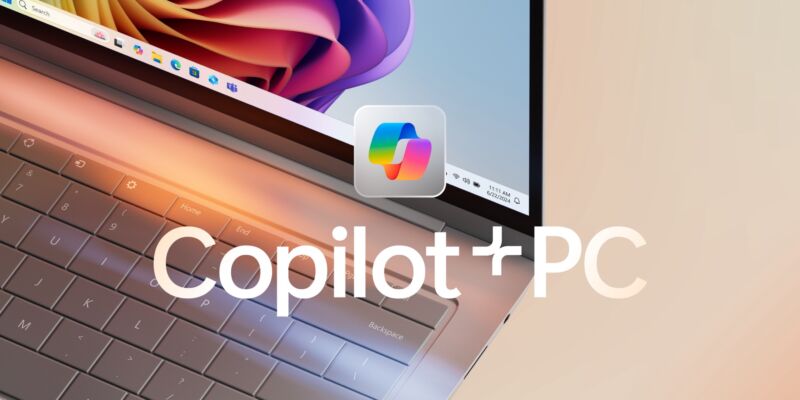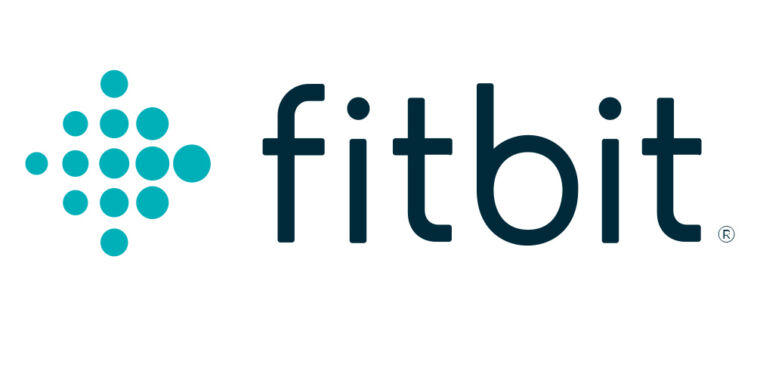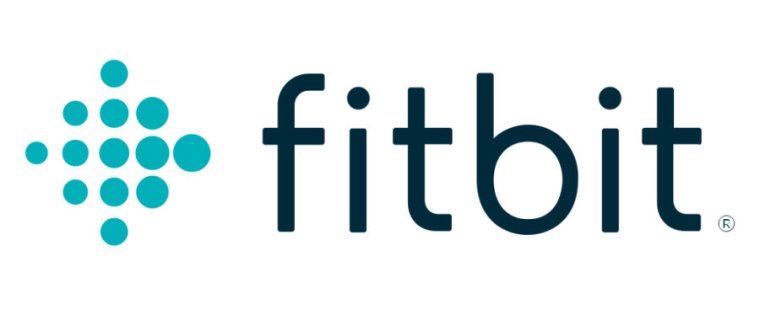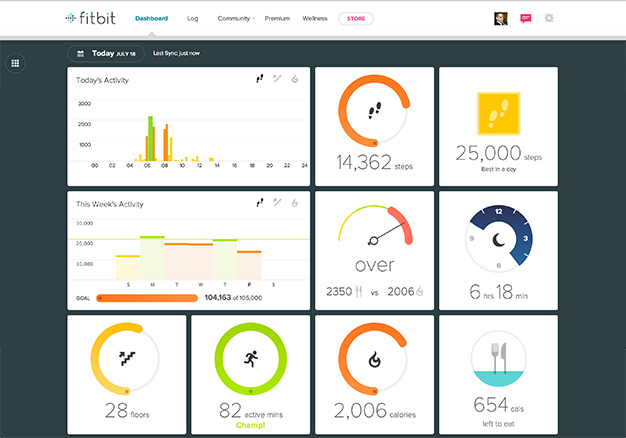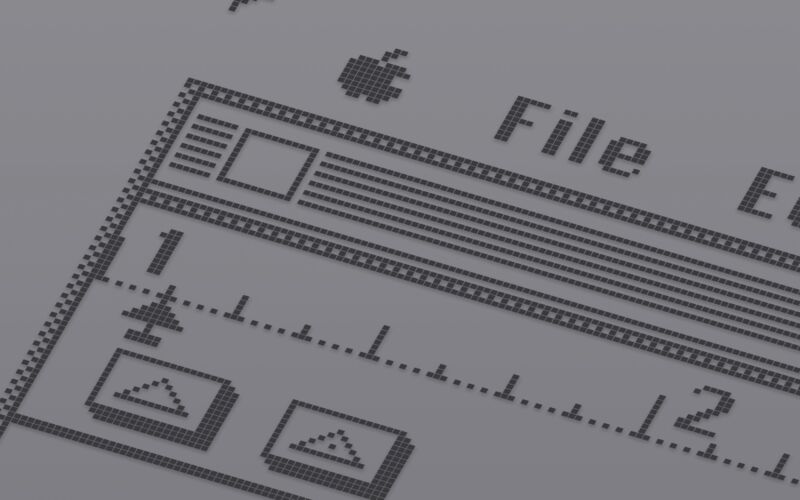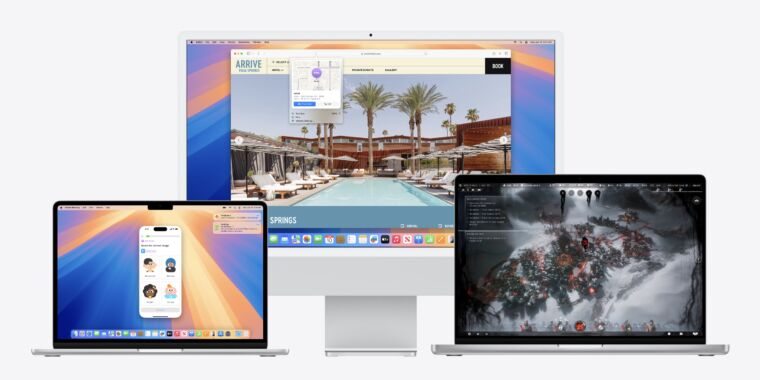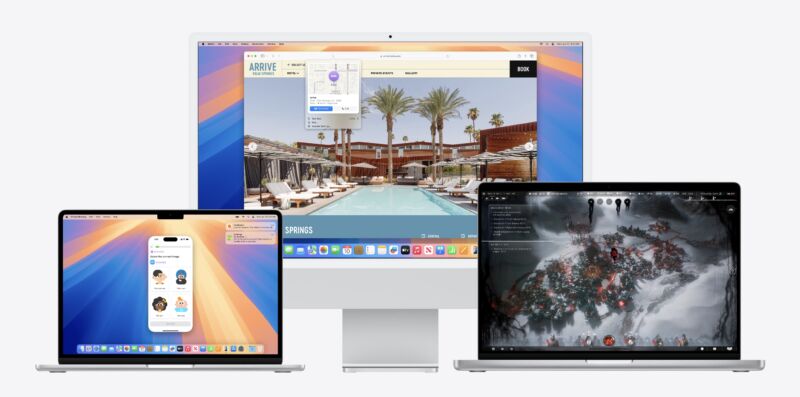Windows 11 24H2 is released to the public but only on Copilot+ PCs (for now)
24h2 for some —
The rest of the Windows 11 ecosystem will get the new update this fall.

Microsoft
For the vast majority of compatible PCs, Microsoft’s Windows 11 24H2 update still isn’t officially available as anything other than a preview (a revised version of the update is available to Windows Insiders again after briefly being pulled early last week). But Microsoft and most of the other big PC companies are releasing their first wave of Copilot+ PCs with Snapdragon X-series chips in them today, and those PCs are all shipping with the 24H2 update already installed.
For now, this means a bifurcated Windows 11 install base: one (the vast majority) that’s still mostly on version 23H2 and one (a tiny, Arm-powered minority) that’s running 24H2.
Although Microsoft hasn’t been specific about its release plans for Windows 11 24H2 to the wider user base, most PCs should still start getting the update later this fall. The Copilot+ parts won’t run on those current PCs, but they’ll still get new features and benefit from Microsoft’s work on the operating system’s underpinnings.
The wider 24H2 update rollout will also likely enable the Copilot+ PC features on Intel and AMD PCs that meet the hardware requirements. That hardware will supposedly be available starting in July—at least, if AMD can hit its planned ship date for Ryzen AI chips—but neither Intel nor AMD seems to know exactly when the Copilot+ features will be enabled in software. Right now, the x86 version of Windows doesn’t even have hidden Copilot+ features that can be enabled with the right settings; they only seem to be included at all in the Arm version of the update.
Unfortunately for Microsoft, the Copilot+ PC program (and, to a lesser extent, the 24H2 update) has become mostly synonymous with the Recall screen recording feature. Microsoft revealed this feature to the public without first sending it through its normal Windows Insider testing program. As soon as security researchers and testers were able to dig into it, they immediately found security holes and privacy risks that could expose a user’s entire Recall database plus detailed screenshots of all their activity to anyone with access to the PC.
Microsoft initially announced that it would release a preview of Recall as scheduled on June 18 with additional security and privacy measures in place. Microsoft would also make the feature off-by-default instead of on-by-default. Shortly after that, the company delayed Recall altogether and committed to testing it publicly in Windows Insider builds like any other Windows feature. Microsoft says that Recall will return, at least to Copilot+ PCs, at some point “in the coming weeks.”
Aside from the Copilot+ generative AI features, which require extra RAM and storage and a PC with a sufficiently fast neural processing unit (NPU), the main Windows 11 system requirements aren’t changing for the 24H2 update. However, there are older unsupported PCs that could run previous Windows 11 versions that will no longer be able to boot 24H2 since it requires a slightly newer CPU to boot.
Windows 11 24H2 is released to the public but only on Copilot+ PCs (for now) Read More »









